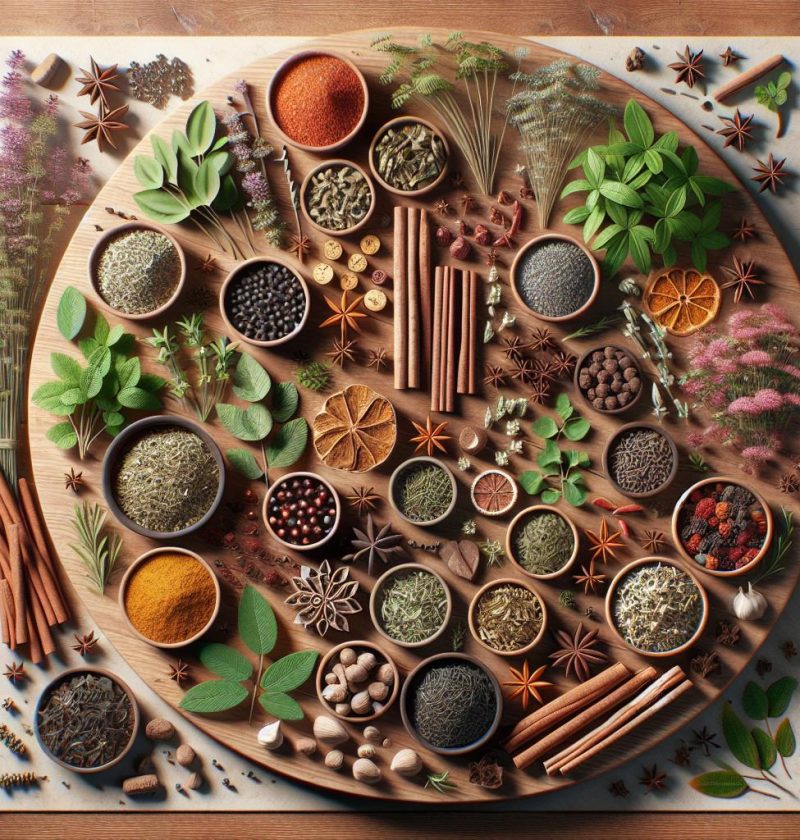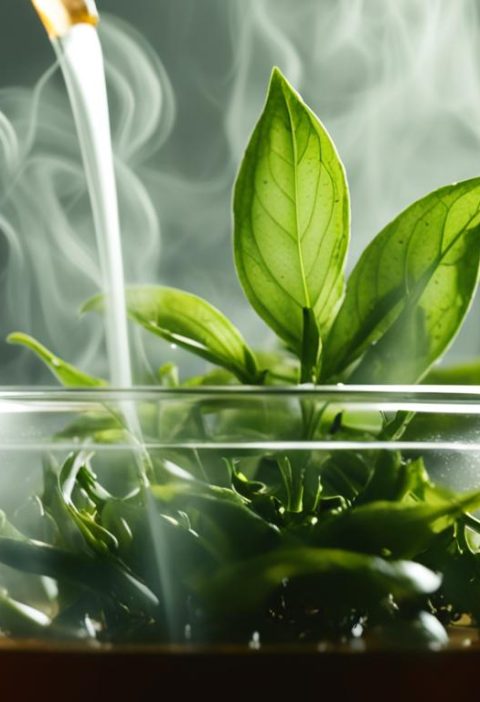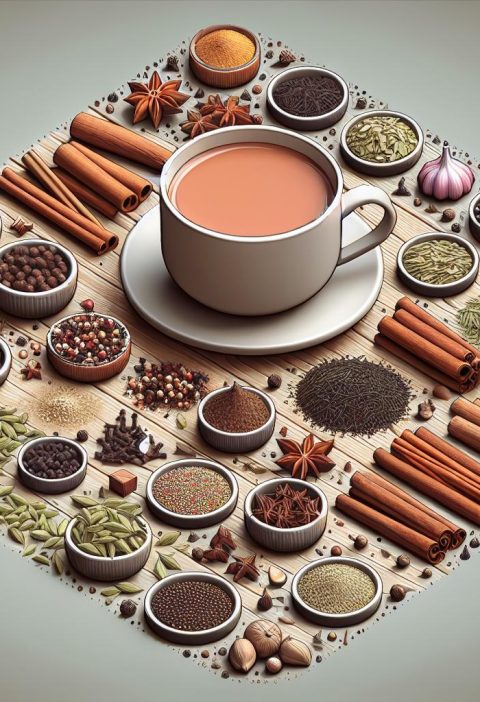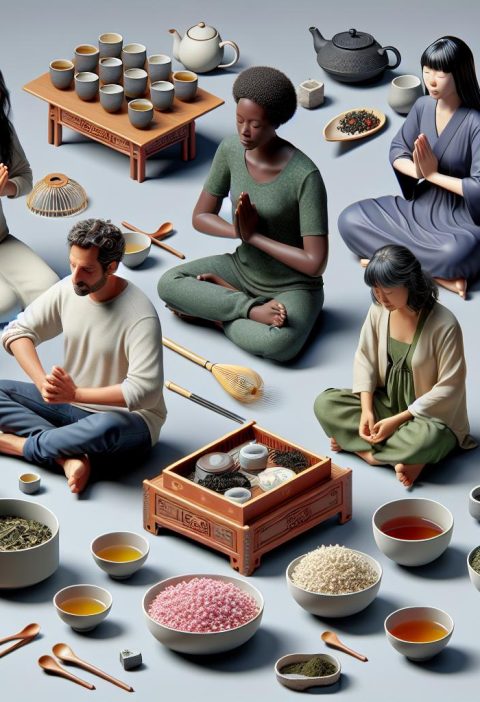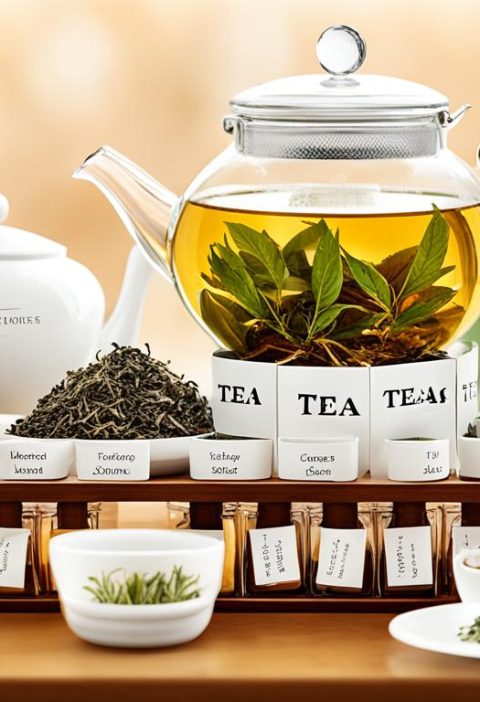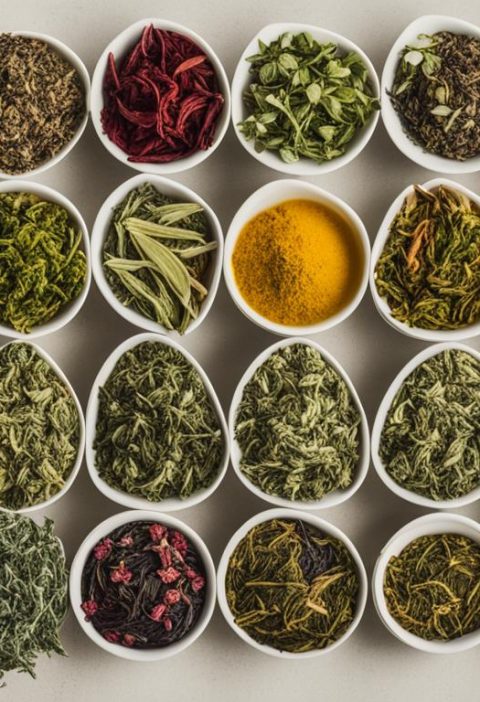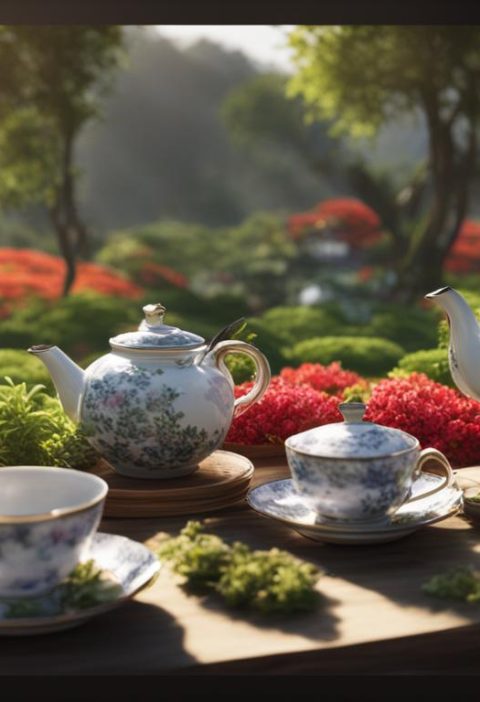So, we’re diving into the world of homemade herbal tea blend recipes. Crafting your own herbal tea blends isn’t just about mixing flavors; it’s about creating a personalized experience that caters to your unique tastes and preferences. From soothing chamomile to invigorating peppermint, the possibilities are endless when it comes to blending herbs and spices to create the perfect cup of tea.
When it comes to homemade herbal tea blends, the key is to experiment and find what works best for you. Whether you’re looking to relax after a long day or boost your immune system, there’s a blend out there waiting to be discovered. Join us as we explore the art of blending herbs, unlocking the secrets to creating delicious and nourishing herbal tea blends right in the comfort of your own kitchen.
Benefits of Homemade Herbal Tea Blends
When it comes to homemade herbal tea blends, the benefits are not just limited to a warm, comforting cup. Here’s why creating your own blends can elevate your tea-drinking experience:
For Health Enthusiasts:
- Tailored Health Benefits: Customize blends with herbs like ginger for digestion and echinacea for immune support.
- Control Over Ingredients: Avoid additives and artificial flavors commonly found in store-bought teas.
For Tea Connoisseurs:
- Unique Flavor Profiles: Experiment with combinations such as lavender and lemon balm for a floral twist.
- Aromatherapy Benefits: Enjoy the calming aroma of chamomile or the refreshing scent of lemongrass in your tea blend.
For Creative Individuals:
- Personalized Gifts: Share your love for tea by gifting custom blends to friends and family.
- Artistic Expression: Blend visually appealing ingredients like hibiscus petals and peppermint leaves for a colorful and aromatic tea experience.
For Sustainability Advocates:
- Reduce Packaging Waste: By making your own blends, you can cut down on single-use tea bags and packaging.
- Support Local Farmers: Source organic herbs from local markets to promote sustainable agriculture practices.
For Budget-Conscious Consumers:
- Cost-Effective: Bulk herbs purchased for blending are often more economical than pre-packaged teas.
- Long-Term Savings: Investing in quality ingredients upfront can lead to significant savings over time.
- Hands-On Experience: Blend herbs like nettle and licorice root to create medicinal tea blends.
- Customized Formulas: Create herbal combinations tailored to specific health needs or wellness goals.
Essential Tools for Blending Herbal Teas
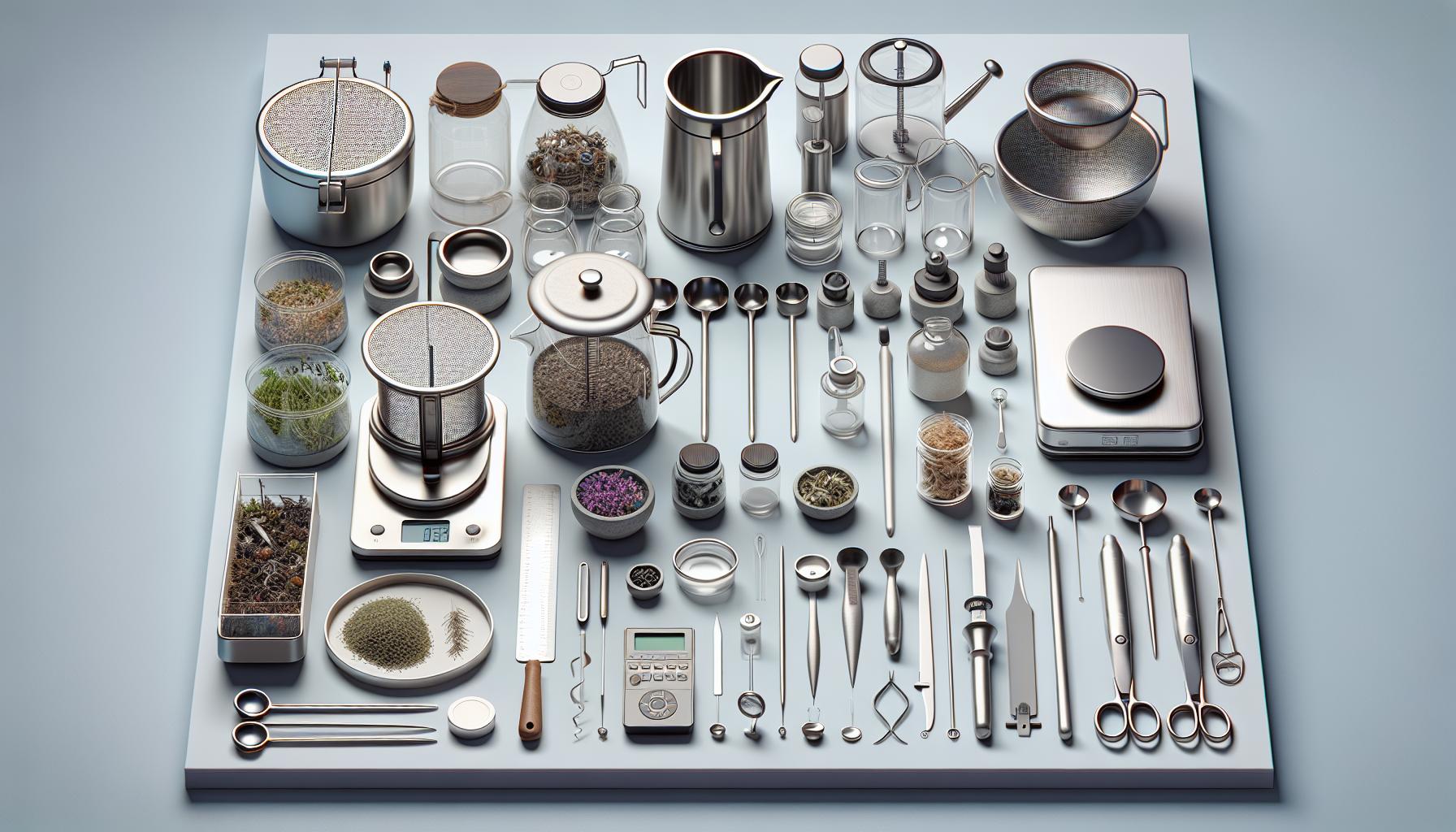
When it comes to creating your own herbal tea blends, having the right tools can make the process smoother and more enjoyable. Whether you’re a beginner exploring the world of herbal teas or an experienced herbalist looking to elevate your blends, having these essential tools on hand will help you craft the perfect cup of tea. Here are some recommendations based on your experience level:
For Beginners: Mastering the Basics
- Tea Infusers: Invest in a quality tea infuser to help brew loose herbs seamlessly.
- Measuring Spoons: Accurately measure out herbs for consistent flavor profiles.
- Glass Jars: Store your herbal blends in glass jars to maintain freshness.
- Herb Scissors: Easily cut and chop herbs for blending with specialized scissors.
- Mortar and Pestle: Grind herbs together for a more aromatic and flavorful blend.
For Intermediate Herbalists: Enhancing Your Blends
- Digital Scale: Fine-tune your herbal tea recipes with precise measurements.
- Electric Tea Kettle: Boil water to the perfect temperature for different herbs.
- Herb Grinder: Grind herbs into a finer consistency for more intense flavors.
- Label Maker: Keep track of your herbal blends with neatly labeled jars.
- Thermometer: Monitor water temperature for optimal herb steeping.
- Tincture Press: Extract potent herbal essences for concentrated blends.
- Dehydrator: Dry fresh herbs for long-term storage and blending.
- Steam Juicer: Create herbal extracts and syrups for unique tea infusions.
- Flavor Extracts: Enhance blends with natural extracts like vanilla or citrus.
- pH Meter: Fine-tune acidity levels for complex herbal combinations.
Remember, the tools you choose can greatly impact the quality and creativity of your herbal tea blends. Experimenting with different tools and techniques will allow you to personalize your blends and discover the perfect cup of herbal tea that suits your taste and wellness goals.
Popular Base Herbs for Tea Blends
For Beginners: Mastering the Basics:
- Peppermint: Soothing and aids in digestion.
- Chamomile: Relaxing and helps with sleep.
- Lemon Balm: Refreshing and reduces stress.
- Lavender: Calming and supports relaxation.
- Ginger: Warming and aids in digestion.
For Intermediate Herbalists: Enhancing Your Blends:
- Hibiscus: Adds a vibrant color and tangy flavor.
- Rooibos: Caffeine-free base with a mild, sweet taste.
- Nettle: Earthy flavor, rich in nutrients.
- Rose Hips: Tart and high in Vitamin C.
- Lemongrass: Citrusy and refreshing addition.
- Elderflower: Delicate floral notes add complexity.
- Marshmallow Root: Smooth texture and soothing properties.
- Catnip: Relaxing and adds a hint of sweetness.
- Fennel: Anise flavor profile with digestive benefits.
- Burdock Root: Earthy taste and detoxifying properties.
Diving into the world of herbal tea blends offers a vast array of possibilities. Experimenting with different base herbs allows us to create unique flavors and health benefits tailored to our preferences. The right combination of base herbs sets the foundation for a perfect cup of herbal tea, whether it’s a simple blend for relaxation or a complex mixture for specific health goals.
Creative Additions to Elevate Your Tea
As we continue our journey in crafting homemade herbal tea blends, it’s time to explore creative additions that can take your tea to the next level. These ingredients can add depth, complexity, and unique flavors to your blends, catering to a variety of tastes and preferences.
For Beginners: Simple Enhancements
- Citrus Zest: Add a burst of freshness with lemon or orange zest.
- Cinnamon Sticks: Warm and aromatic, perfect for cozy teas.
- Vanilla Bean: Infuse a touch of sweetness and richness.
- Cardamom Pods: A hint of exotic spice to elevate basic blends.
- Peppercorns: Introduce a subtle heat for a unique twist.
For Intermediate Herbalists: Bold Flavors Await
- Star Anise: Anise-like flavor to create complex, exotic blends.
- Dried Fruit: Enhance sweetness with dried berries or apricots.
- Whole Cloves: Rich and aromatic addition for depth of flavor.
- Licorice Root: Naturally sweet and earthy for balancing bitter notes.
- Holy Basil: Aromatic herb with hints of clove and pepper for depth.
- Bee Pollen: Nutrient-rich addition with a floral, slightly sweet taste.
- Matcha Powder: Intense green tea flavor, packed with antioxidants.
- Chamomile Pollen: Delicate floral notes to enhance herbal blends.
- Goji Berries: Sweet and tangy, adds a pop of color and flavor.
- Saffron Strands: Rich, luxurious addition for indulgent tea experiences.
Armed with these creative ingredients, we can embark on a tea-blending journey that transcends the ordinary. Let’s continue exploring the endless possibilities of herbal tea blends, enriching our senses and well-being with each cup.
Trying Out Different Blending Techniques
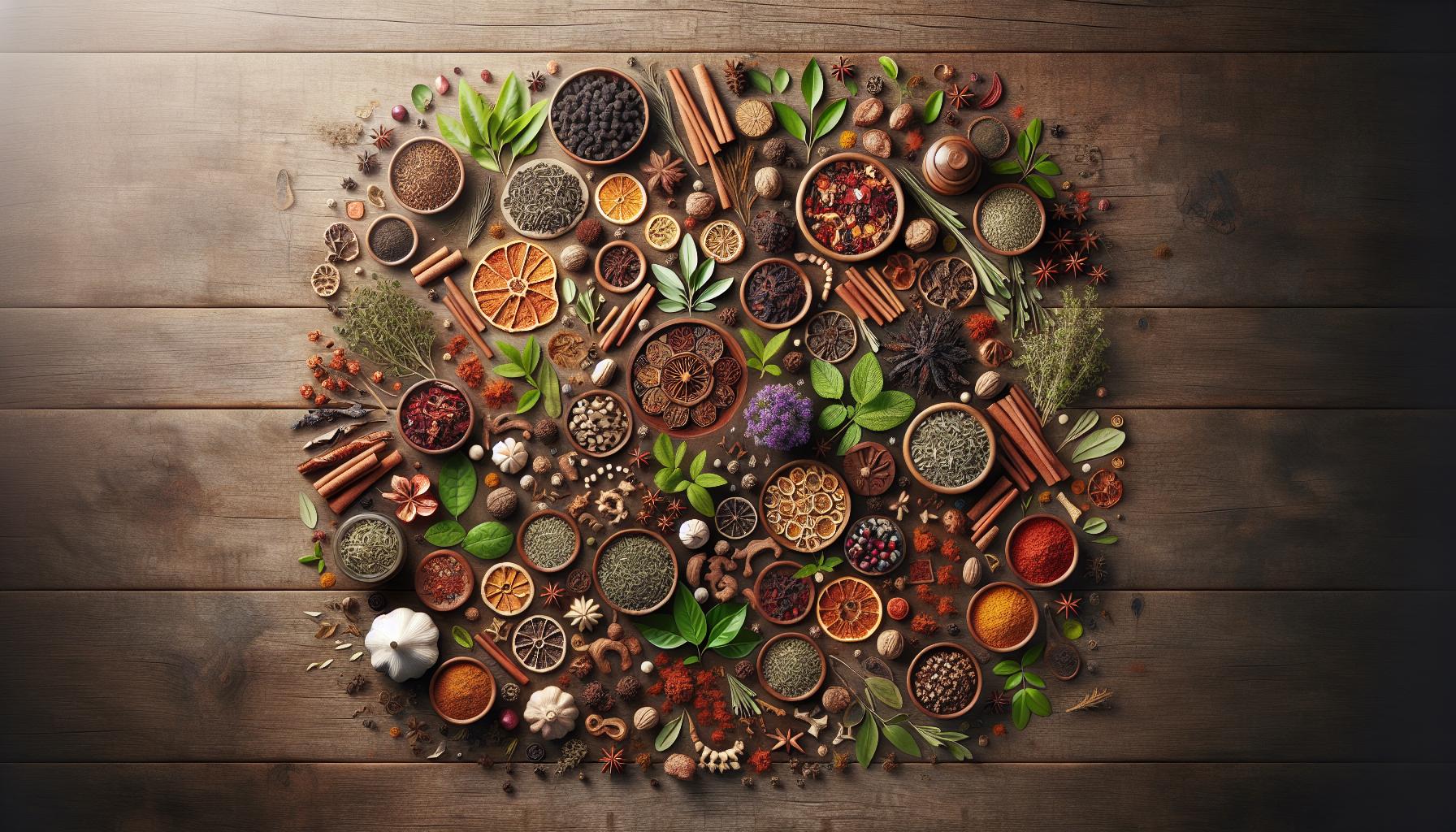
When it comes to creating the perfect homemade herbal tea blends, experimenting with various blending techniques can take your tea game to the next level. Whether you’re a novice tea enthusiast or a seasoned herbalist looking to expand your palate, here are some ideas to get you started on your tea-blending journey:
For Beginners: Mastering the Basics:
- Start by pairing complementary flavors like citrus zest with herbal components such as chamomile or peppermint.
- Experiment with different ratios of base herbs to additions to find a balance that suits your taste preferences.
- Take note of the strengths of each ingredient and how they interact with one another in the blend.
For Intermediate Herbalists: Exploring New Horizons
- Incorporate spices like cinnamon sticks, cardamom pods, or star anise to add depth and complexity to your blends.
- Venture into the world of aromatics by adding ingredients like saffron strands, vanilla bean, or licorice root for a unique flavor profile.
- Consider blending herbs with fruits or flowers to create refreshing and fragrant concoctions perfect for any time of day.
- Dive into the art of layering flavors to create multidimensional teas that evolve with each sip.
- Develop your own signature blends by combining unconventional ingredients like matcha powder, bee pollen, or goji berries.
- Experiment with different brewing methods, temperatures, and steeping times to extract the full potential of your ingredients.
By exploring different blending techniques tailored to your expertise level, we can break new ground in the world of homemade herbal tea blends, unlocking a spectrum of flavors waiting to be discovered and savored.
Conclusion
Crafting homemade herbal tea blends is an art that invites us to explore a world of flavors and aromas. By experimenting with various herbs, spices, and brewing techniques, we can create personalized blends that cater to our unique tastes. Whether you’re a novice or a seasoned herbalist, the key lies in embracing creativity and curiosity to develop teas that delight the senses. Remember, there are no strict rules in blending herbal teas – it’s all about discovering what resonates with you. So, let’s embark on this flavorful journey and let our imagination guide us to concoct blends that bring joy and wellness to our daily rituals. Cheers to the endless possibilities that await us in the realm of homemade herbal tea blends!
